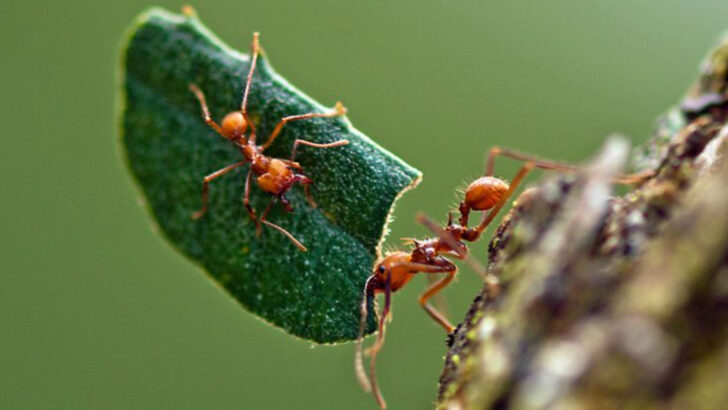We owe our lives to creatures most of us can’t name.
No capes. No superpowers. Just tiny, winged, shelled, slimy beings quietly running the planet behind the scenes. These aren’t just important—they’re non-negotiable. Without them, ecosystems collapse, food chains break, and life as we know it unravels.
Bees? Lifesavers. Plankton? Oxygen machines. Fungi? Silent recyclers turning death into life.
And that’s just the beginning.
This isn’t about the “circle of life” in some abstract way. These 16 species literally keep humans alive—fueling our lungs, feeding our stomachs, and cleaning up our messes like the unsung heroes they are.
Let’s meet the real MVPs of Earth. They’re smaller than you think—and way more powerful than we give them credit for.
Honeybees
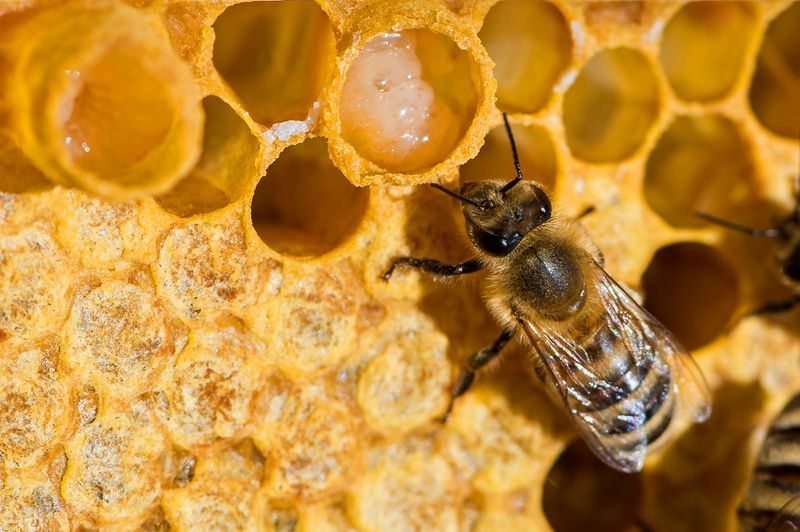
Buzzing tirelessly from flower to flower, honeybees are more than just honey producers. Their role as pollinators makes them vital for the growth of numerous crops, including fruits, vegetables, and nuts. Without them, our diets would lack diversity and nutrition.
Imagine a world without apples, almonds, or blueberries. It’s a stark reality if honeybee populations continue to decline. Their gentle hum is a reminder of nature’s delicate balance. Supporting them through backyard gardens and avoiding pesticides can make a big difference in their survival.
Phytoplankton
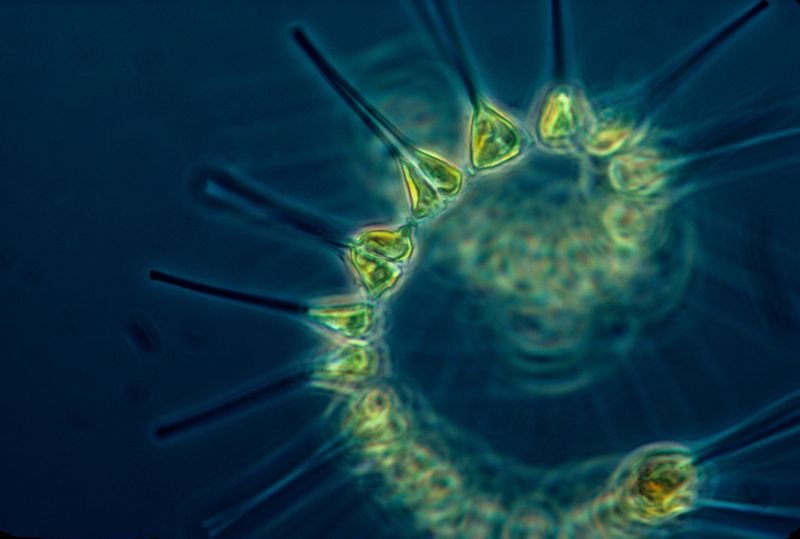
Invisible to the naked eye, phytoplankton are the lungs of our planet. These microscopic organisms produce more than half of the world’s oxygen, making every breath we take possible.
Floating in the ocean, they form the foundation of the marine food web, supporting everything from tiny fish to the largest whales. Their vibrant hues paint our oceans with life. Protecting marine environments ensures their survival, which in turn safeguards ours.
Their quiet work goes unnoticed, yet it’s crucial. Oceans free from pollution help maintain their populations.
Bats
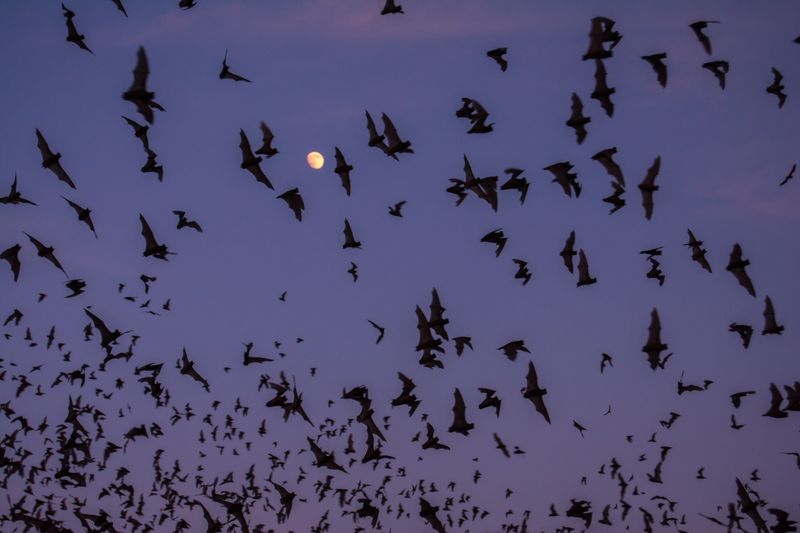
With wings fluttering silently through the night, bats are nature’s pest controllers. Consuming thousands of insects each evening, they help maintain the balance in our ecosystems.
These nocturnal mammals play a crucial role in pollinating plants and dispersing seeds, especially in tropical environments. Their presence ensures we continue to enjoy a variety of fruits like bananas and mangoes.
Despite their spooky reputation, bats are gentle creatures. Creating bat-friendly habitats can aid their conservation, ensuring their essential work continues.
Wolves
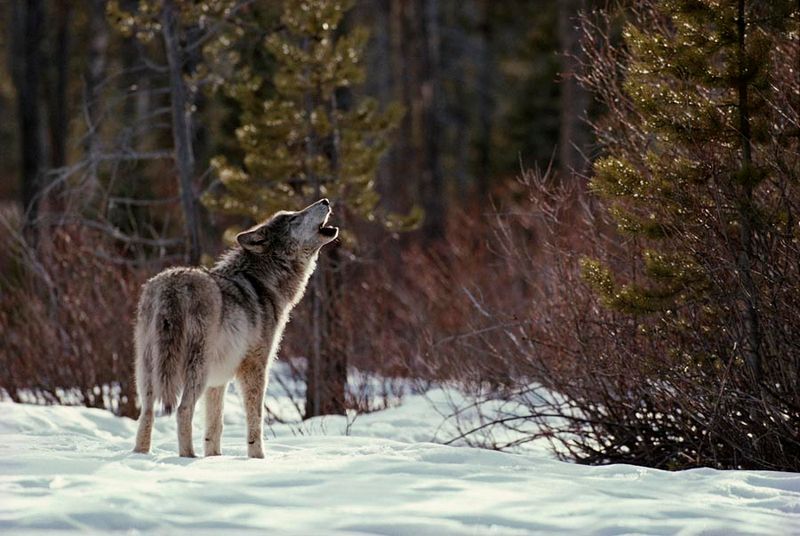
Howling in the moonlit night, wolves are more than mythical creatures of folklore. As apex predators, they help control the population of prey species, maintaining the health of ecosystems.
Their presence in the wild balances herbivore numbers, preventing overgrazing and allowing plant life to flourish. This cascades through the environment, benefiting countless other species.
Wolves embody the spirit of the wilderness. Protecting them promotes a balanced ecosystem, ensuring nature’s harmony is preserved.
Coral Reefs
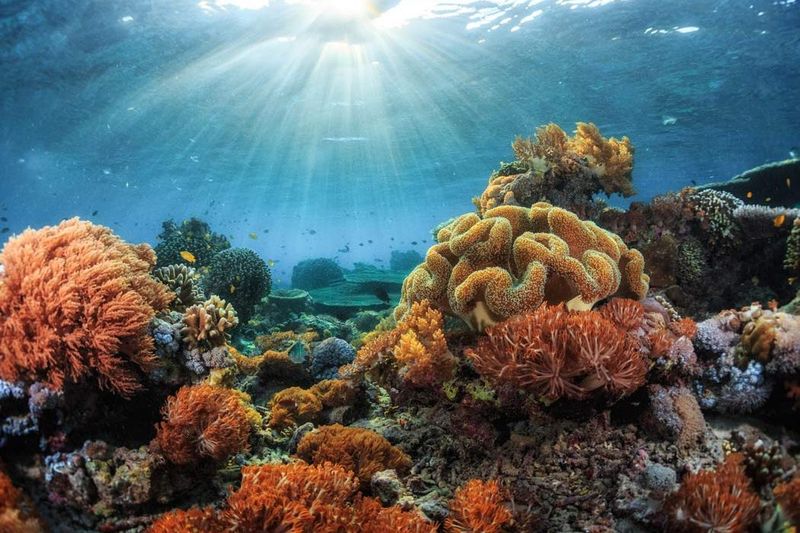
Beneath the ocean’s surface, coral reefs are bustling underwater cities. These structures, built by tiny polyps, support an incredible diversity of marine life.
They protect coastlines from erosion and provide habitats for countless species. Their vibrant colors and complex structures are a testament to nature’s creativity. Coral reefs also support fishing industries and tourism, vital to many economies.
Preserving these underwater marvels means reducing human impact, such as pollution and climate change, ensuring they continue to thrive.
Earthworms
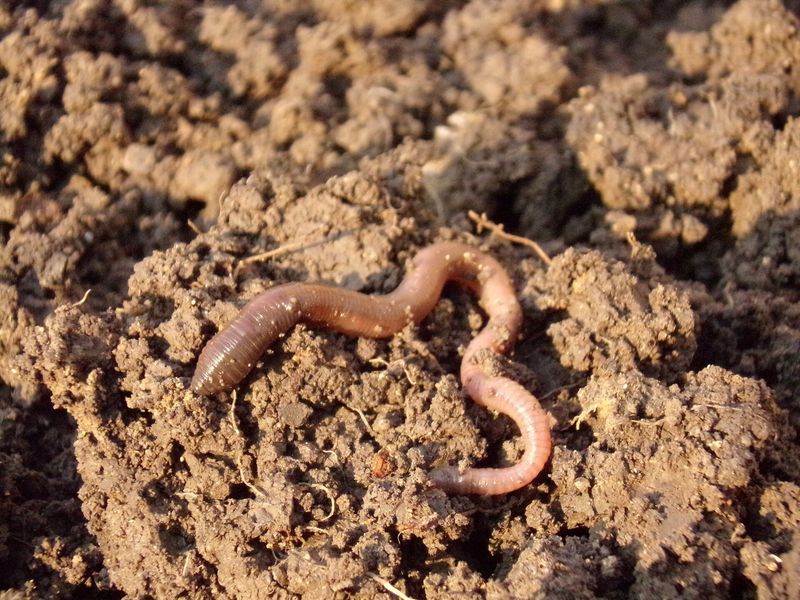
Silently toiling beneath our feet, earthworms are nature’s recyclers. They break down organic matter, turning waste into nutrient-rich soil that supports plant growth.
Their burrowing aerates the soil, allowing water and nutrients to reach plant roots. This process boosts agricultural productivity and maintains fertile lands. Earthworms are unsung heroes of our gardens and farms.
Encouraging their activity by avoiding chemical fertilizers and maintaining natural habitats can enhance their beneficial work, ensuring healthy soils for future generations.
Salmon
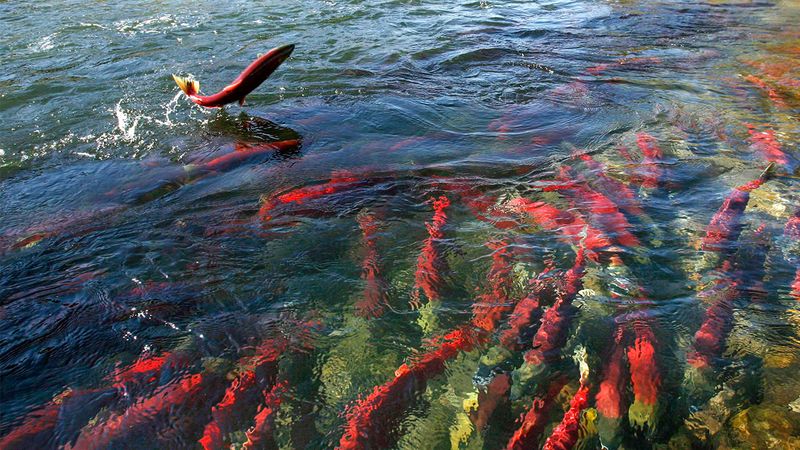
Battling upstream against powerful currents, salmon are symbols of endurance and vitality. Their life cycle enriches both marine and terrestrial ecosystems.
After spawning, they decompose, providing nutrients to surrounding forests. This nutrient transfer supports diverse wildlife and plant species. They also sustain fishing communities.
Sustaining salmon populations means preserving their habitats from pollution and overfishing. Supporting sustainable fishing practices ensures these resilient fish continue their vital journey.
Elephants
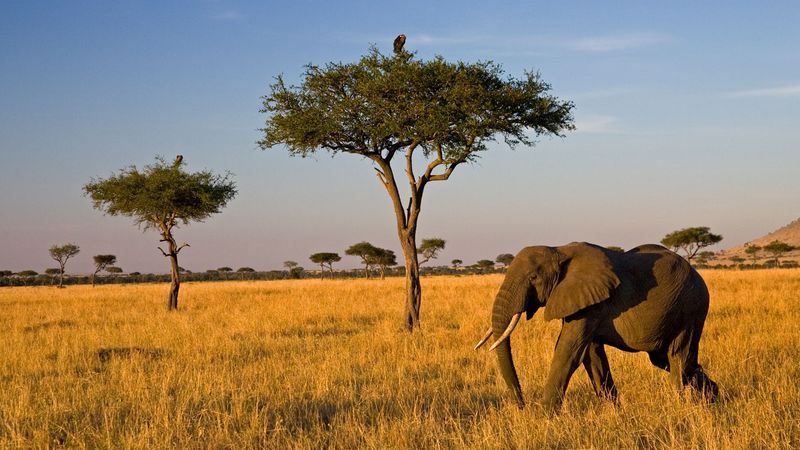
With trunks swaying and ears flapping, elephants are majestic architects of their environment. Their migratory patterns create pathways that aid in seed dispersal and plant growth.
By uprooting trees and trampling vegetation, they shape the landscape, making it more diverse and suitable for other species. Their presence helps maintain the balance between forests and grasslands.
Protecting elephants from poaching and habitat loss ensures they continue to play their crucial ecological role, supporting biodiversity.
Frogs
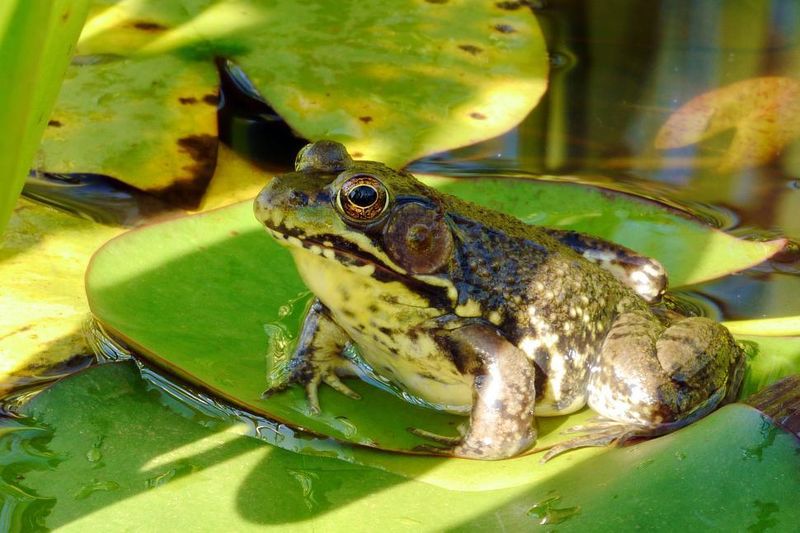
Leaping gracefully from leaf to leaf, frogs are indicators of environmental health. Their permeable skin makes them sensitive to changes in their surroundings, acting as natural bioindicators.
Frogs control insect populations, reducing pests that can harm crops and spread disease. Their calls echo the vibrancy of wetlands and forests.
Conserving wetlands and reducing pollution preserves frog populations, ensuring they continue to signal changes in our environment and maintain ecological balance.
Beavers
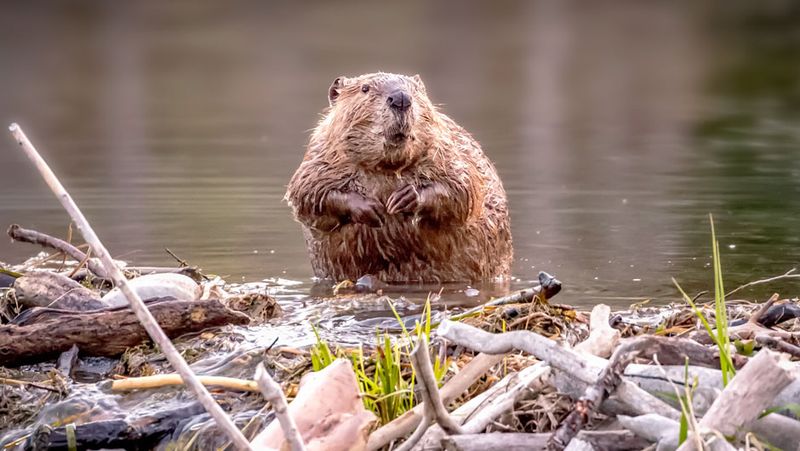
With sharp teeth and diligent work, beavers are nature’s engineers. Their dam-building creates wetlands that support diverse ecosystems.
These wetlands provide habitats for countless species, store carbon, and improve water quality by filtering pollutants. Beavers’ activities enhance biodiversity and create ecological resilience.
Supporting beaver populations by protecting their habitats ensures their contributions to healthy ecosystems continue, benefiting both wildlife and humans.
Ants
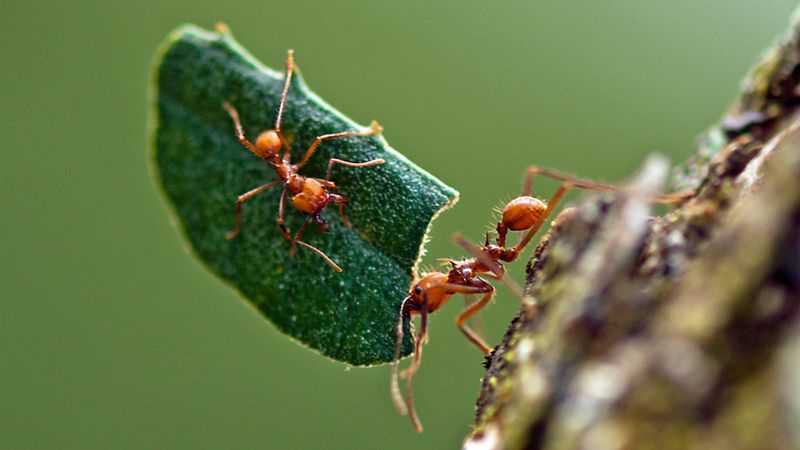
Marching in organized lines, ants are tiny powerhouses of the ecosystem. They aerate the soil, decompose organic material, and control pest populations.
Their complex societies and teamwork offer insights into cooperation and resource management. Ants are essential in maintaining the health of their habitats.
Encouraging biodiversity in gardens helps ants thrive, promoting their ecological services. Their industrious nature is a testament to the power of collective effort.
Mangroves

Standing resilient at the water’s edge, mangroves are guardians of coastal ecosystems. Their roots stabilize shorelines and reduce erosion from storm surges.
Mangroves provide breeding grounds for fish and support a diverse range of wildlife. They also capture and store carbon, mitigating climate change.
Protecting mangrove forests from deforestation and pollution ensures they continue to safeguard coastal communities and biodiversity, acting as nature’s resilient barriers.
Algae
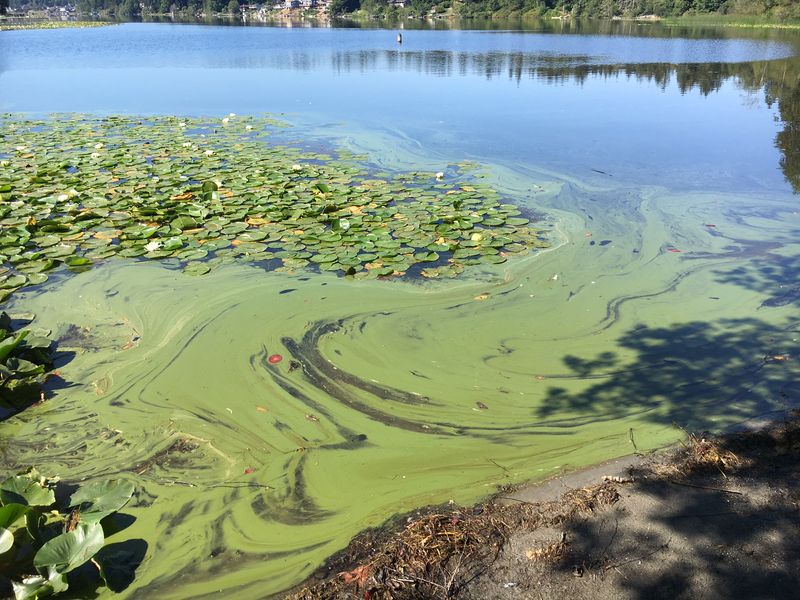
Floating effortlessly in water bodies, algae are unsung heroes of the aquatic world. They produce oxygen through photosynthesis and form the base of aquatic food chains.
Algae can also be used in biofuel production and wastewater treatment, offering innovative solutions for sustainable development. Their presence indicates healthy water systems.
Preserving clean water bodies and reducing pollution helps maintain algae populations, ensuring they continue their vital ecological roles.
Bees
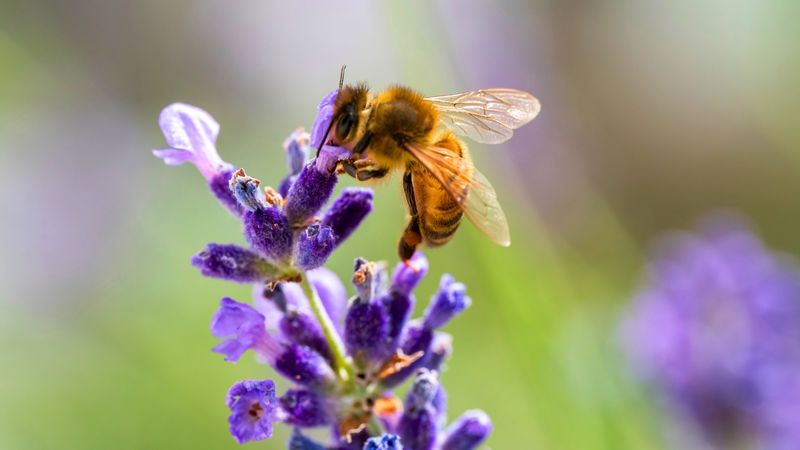
Buzzing amidst blooming gardens, bees are diligent pollinators, essential for our food supply. Their actions lead to the production of fruits, nuts, and seeds, supporting diverse diets.
Bees contribute to the beauty and bounty of ecosystems, fostering floral diversity and agricultural success. Their gentle hum is a melody of nature’s productivity.
Creating bee-friendly environments by planting native flowers and reducing chemical use supports their essential role in sustaining biodiversity and food security.
Sharks
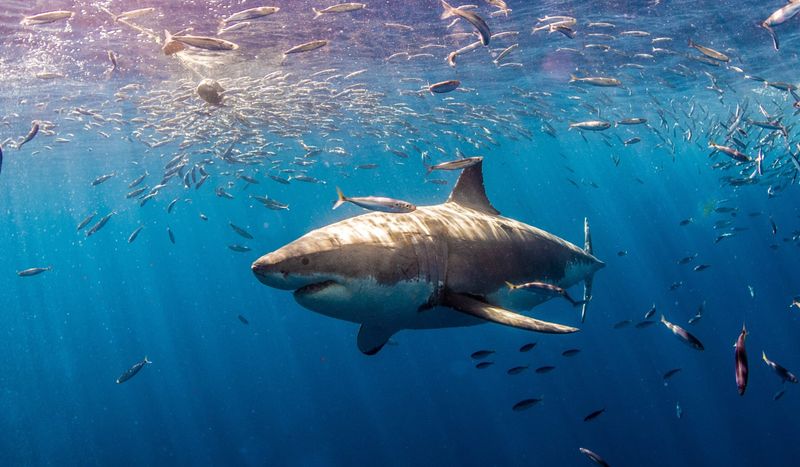
Gliding through the ocean with grace, sharks are apex predators vital to marine ecosystems. They regulate species populations, maintaining balance and preventing the overpopulation of prey.
Their presence ensures healthy fish stocks by culling sick and weak individuals. This sustains coral reefs and oceanic biodiversity.
Conserving shark populations through protective measures ensures they continue their crucial role in maintaining the vitality of our oceans, supporting life below the waves.
Jaguars
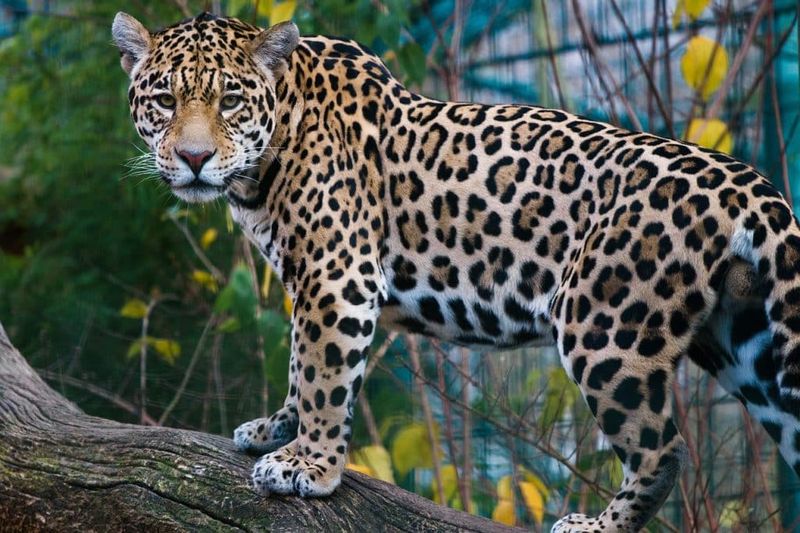
Prowling silently through the rainforest, jaguars are icons of stealth and strength. As top predators, they regulate prey populations, maintaining ecological balance.
Their elusive presence protects the health of their habitats, ensuring biodiversity thrives in the jungle. Jaguars embody the spirit of untamed wilderness.
Safeguarding their habitats from deforestation and human encroachment ensures the jungle remains vibrant and diverse, where jaguars can continue their watchful patrol.

